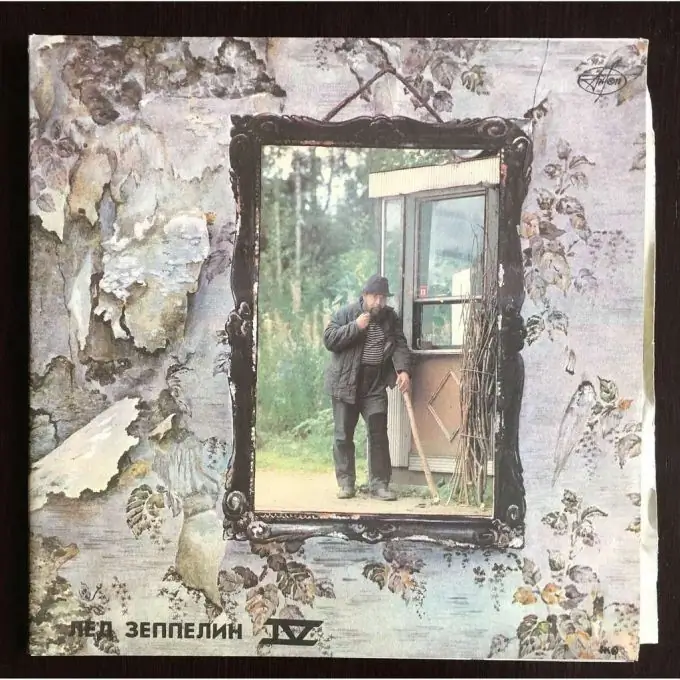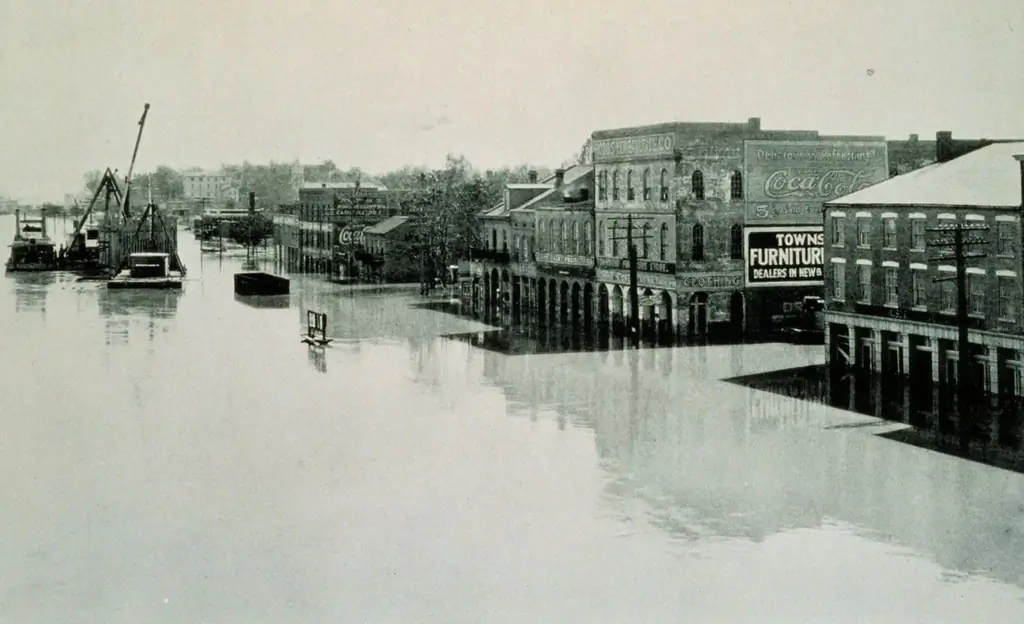- Author Antonio Harrison [email protected].
- Public 2023-12-16 07:44.
- Last modified 2025-01-22 21:44.
Led Zeppelin IV - the fourth studio album of the legendary group - ends with the composition When the Levee Breaks, saturated with studio effects, and therefore practically not performed at concerts. The title of the song (“When the Dam Breaks Through”) is not an allegory or a metaphor. This song is a real short symphony dedicated to a great tragedy.

Led Zeppelin lead singer Robert Plant had in his personal collection a disc of the family blues duo Joe Kansas and Memphis Minnie with the song When the Levee Breaks. Written in 1929, this classic blues was inspired by the most devastating flood in US history two years ago.
Back in the summer of 1926, rainstorms filled the Mississippi and all the surrounding rivers. By the New Year, the water in the dams rose to a critical level. On April 15, 1927, about 40 cm of rain fell during the day in the New Orleans area. These were the last centimeters, which were enough for the disaster to enter its final phase. The flow of water into the Mississippi doubled the discharge volume of Niagara Falls and demolished 145 dams along the way. Flooding flooded 70,000 square kilometers of 10 states. Hundreds of people died. Hundreds of thousands were left homeless.

Perhaps Plant listened to the Kansas and Minnie song: "… If the rain does not end, the dam will burst," - and imagined how it all happened. Surely he was interested in the history of the event. In the original blues, for example, there is no mention of the aftermath of the disaster and the great resettlement of blacks in Chicago, provoked by massive unemployment in agriculture in the Mississippi Delta after the flood. In the text of Led Zeppelin, the idea of leaving for Chicago is repeated several times.
The Blues of 1929 is a typical Delta blues story about how "here I am, Mom … and everything is bad … and it will also break through the dam." The composition of the Zeppelin is a symphony based on the plot of an optimistic tragedy. "Tears will not help and prayers will not save you when the dam bursts - you need to move."
Page, it seems, was captured by the idea of portraying the power of the free water with a mantra-like guitar riff, which there is no chance to resist. At the beginning of work on the song, it was assumed that it would all be built on this riff, but it was only when John Bonham added his drum part, recorded and heavily modified by sound engineer Andy Jones, that the composition took shape.
After the release of the album Led Zeppelin IV, ending with the psychedelic blues When the Levees Breaks, numerous covers of the Kansas and Minnie song appeared in a variety of musical styles, however, such an emotional and powerful musical composition about a great and terrible flood is no longer there, and it will not be can.






